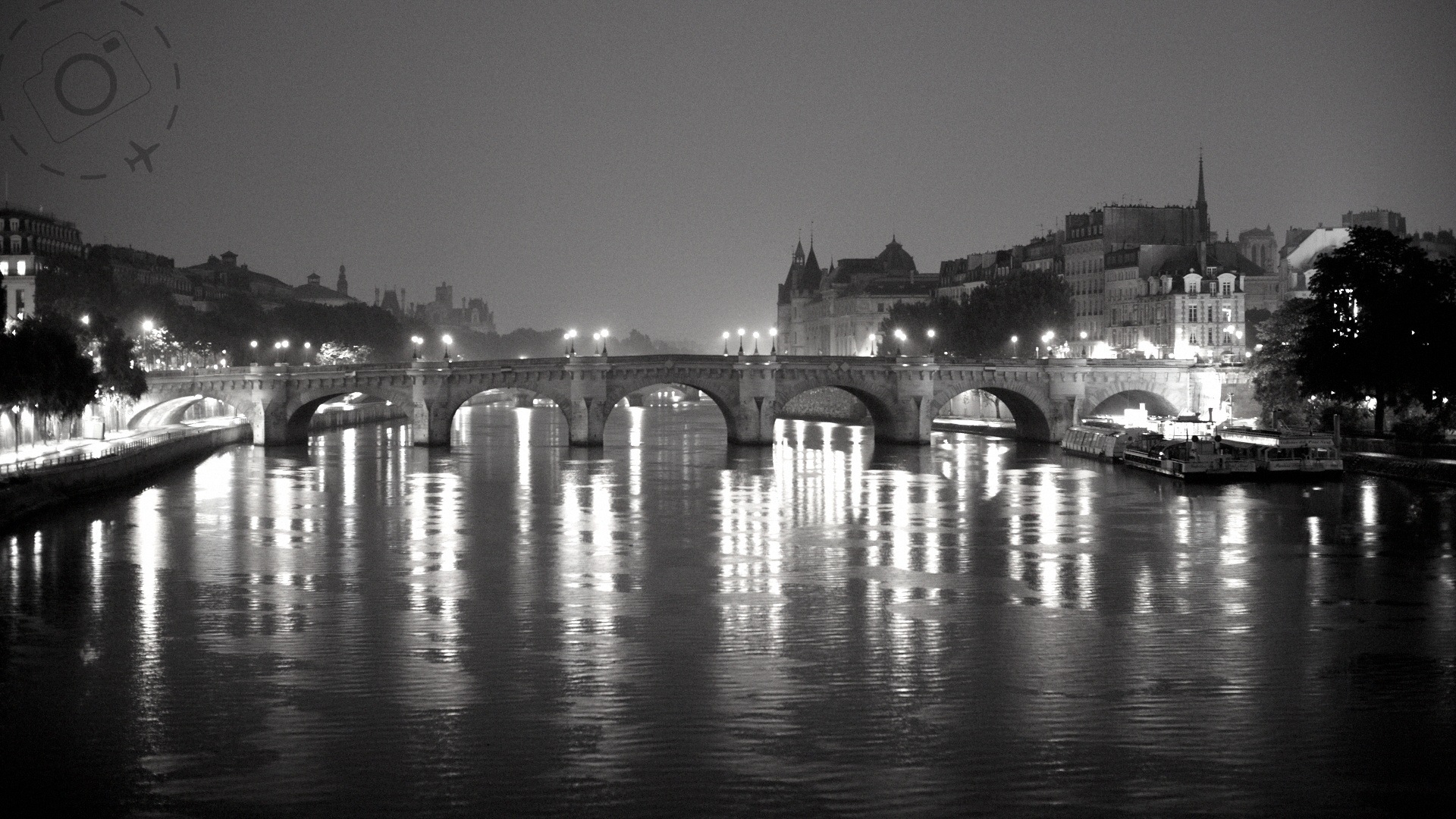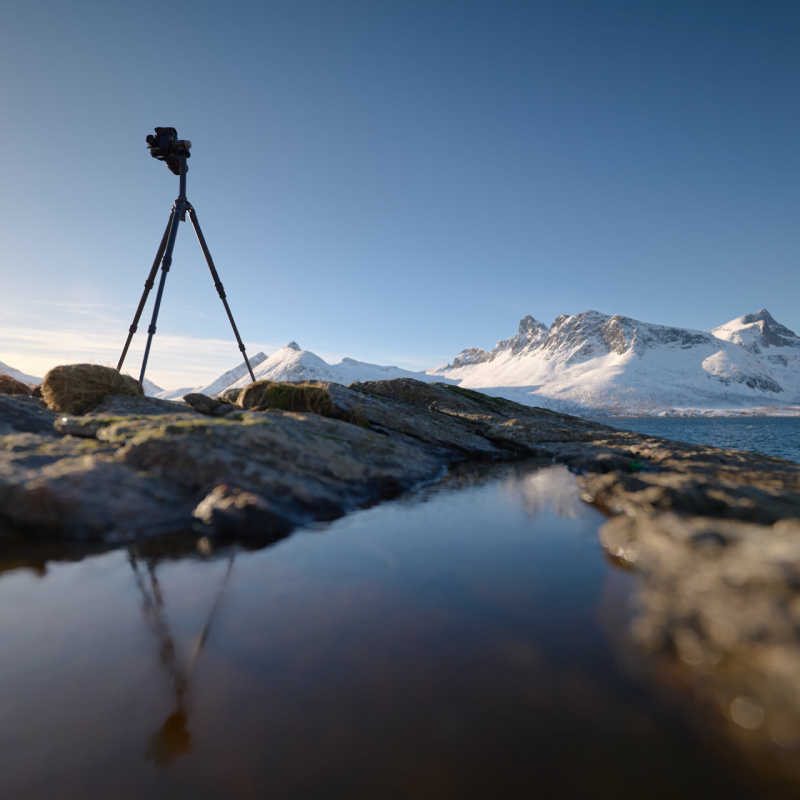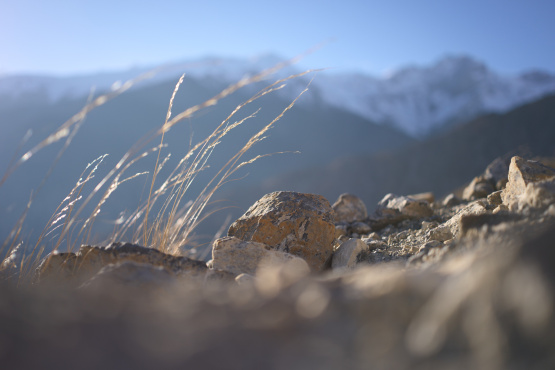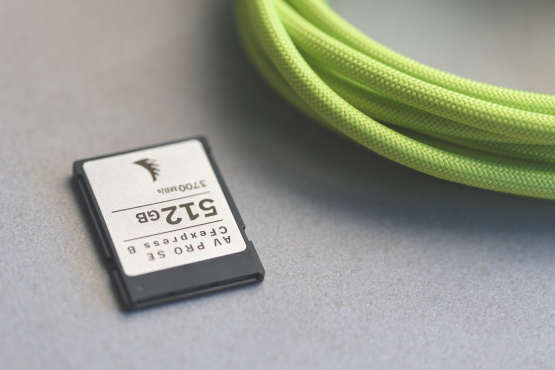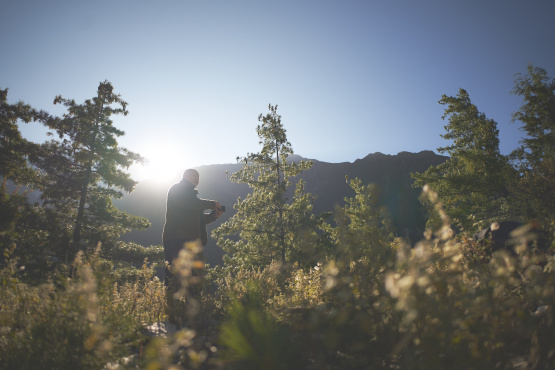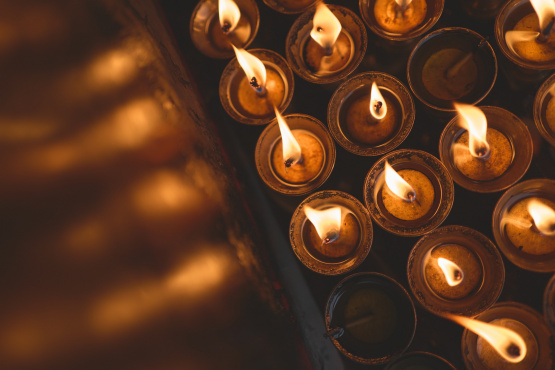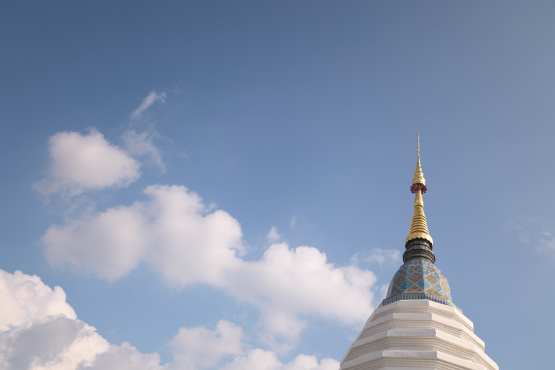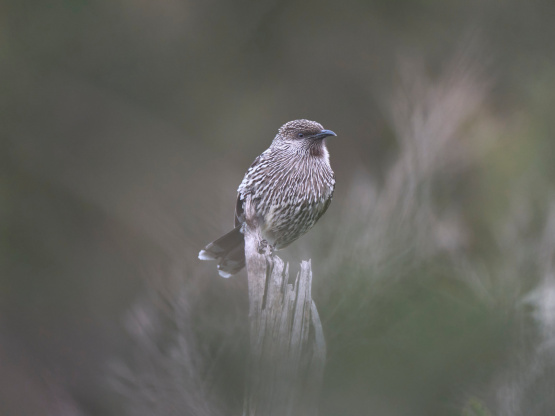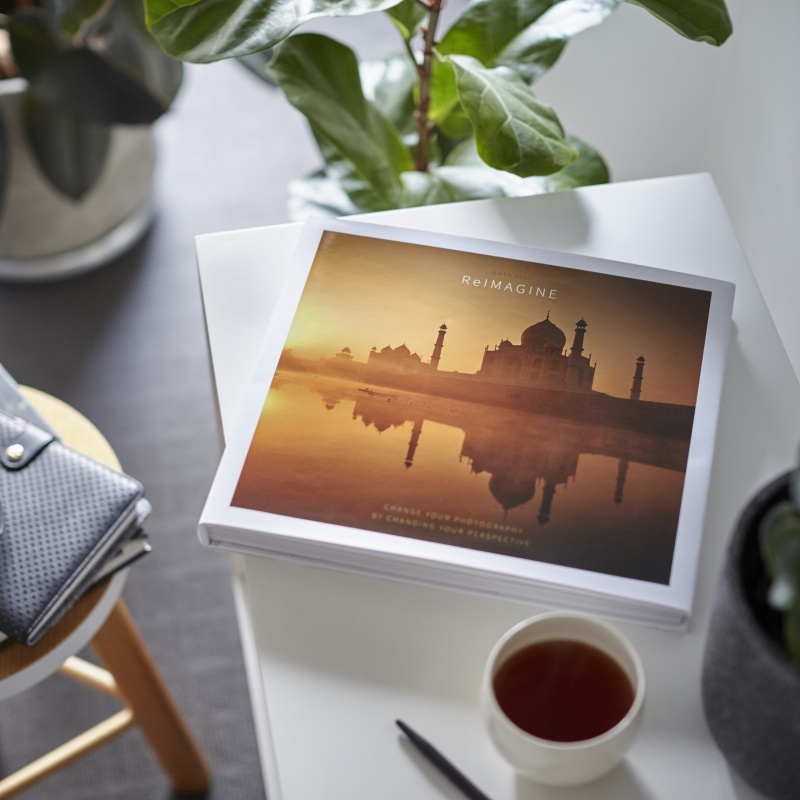Escaping the heat wave in Paris I stepped into the Musee d'Orsay and wandered around some of the greatest artworks of the modern era. Sharing the exhibition space with Renoirs and Monets were a collection of photographs by Peter Henry Emerson. Like the grand masters of painting, Emerson's work demonstrates how the medium which artists select can dramatically alter their expression.
The sign above the door read “Photography Not Art”. Was it intentionally provocative, was it just cheeky or did on some level the curators believe that a camera cannot truly create art? I had to take a look.
I was unaware of the work by Peter Henry Emerson before this day, and it soon became clear that the museum was just messing with the punters as his collection of images were indeed art and richly so. Two separate rooms of Emerson's work were on display representing two very different styles and mediums. My first exposure to Emerson was his heliogravure work from 1895. The medium itself was profoundly delicate, kind and mysterious to observe – a medium subtle and gentle in ways that a 21MP sensor could never imagine.
Working against the limitations of the medium Emerson extracted scenes of considered composition and intoxicating charm. They were wonderful examples of how the camera is really a paintbrush.
The images are small in scale, another limitation of the medium, but standing a few feet from the framed prints you could peer deep into the scenes. Wind mills are ghosted into the horizon, lakes blurred by mist and fowl disguised by the flare of morning light.
The heliogravures are notable for what you cannot see.
And that is what is most absent with amateur photography compared to the work of truly expressive professionals, the confidence to shoot without explicit attention to sharpness or clarity. Few of us will defer to century old techniques when cultivating our photographic skills, but the contemporary cameras and lenses we enjoy are capable of more than just 'accuracy and clarity'.
Low depth of field from a superbly bright lens, motion blurred subjects on a dimly lit street or maybe incident light refracting across the sensor. Understanding the limitations of the equipment we use can help us look for creative effects that are unique to our kit. We can also go searching for alternative gear in order to make use of the visual effects they impart.
I sat with those heliogravures by Emerson for some time and just loved the poetic ability he possessed to depict scenes of rural England on paper. In one image a cloud of smoke emerges from the engine of a steam train, the carriages almost lost in the faded line between river and sky. The lines of the river bank and the plume of smoke are what dominate the composition, and yet the photo was titled, “The Bridge”.
On closer inspection there indeed was a bridge evident, it spanned in long arches across the water I could not see. Without the bridge there would be no train and no plume of smoke and the photo would likely have never existed.
The next room of Emerson images featured marshes and farmland of Norfolk. Tagged as “epreuve au platine” (Platinotypes) these photographs reveal a different style entirely, more documentary than creative. More like a photo than art. Some were genuinely beautiful, but they pale in comparison to the heliogravures in the 1895 collection.
They were shot a decade earlier when he was 29 years old. It's the opposite of what you might have expected, that the more technical and photographic images were his early work. Clearly something had happened in that intervening decade that brought out the artist within. Emerson has cultivated his expression and found a more satisfying medium with which to work. I could argue that his collection of heliogravures should be titled, “Art Not Photography”.
After immersion in photos taken 120 years before I headed downstairs to see the impressionists such as Renoir, Cezanne and Monet. Ten years before Emerson's heliogravure the brush strokes of Monet were harnessing the texture of the medium. In the case of the modern masters their expression grew outwards from the texture of the paint, the purity of the pigments and stillness of the canvass.
The lesson of the impressionists is valuable for photographers too. We need to understand your medium of course, but more important is to appreciate how it effects your expression. Choosing your tools is part of the expression. Investing in an F1.4 lens gives a photographer a new realm to explore, or learning more about post-processing a RAW file with a creative colour space. Or buying an old manual lens and an adaptor for your modern mount so you can play with an affordable piece of glass as though you are shooting back and white.
Photography is not documentary, it's art.
Tragically the man himself, Peter Henry Emerson, was himself very sullen about the role of Photography in the arts. Or so I later learned when reading up on his life. Emerson strongly opposed montages of images, denouncing them as contrary to nature. Manipulation of the truth was not what he sought, rather a refinement and reflection of how the human eye sees nature. He instigated a technique of a single sharp plane within his photography, believing the human eye to be discerning in the same way and observing only one plane of focus at a time.
Emerson is quoted as saying late in his life, "The limitations of photography are so great that, though the results may and sometimes do give certain aesthetic pleasure, the medium must always rank the lowest of the arts."
Well, at least he still thought Photography art even if not a terribly rich one.
He produced a pamphlet called The Death of Naturalistic Photography and in it he wrote. "I have...I regret it deeply, compared photographs to great works of art, and photographers to great artists. It was rash and thoughtless, and my punishment is having to acknowledge it now... In short, I throw my lot in with those who say that Photography is a very limited art. I deeply regret that I have come to this conclusion..."
Ironically his work did speak of art, displayed on the walls of a Paris museum more familiar with the artistic compositions of impressionist painters. History still records his work as fine examples of art, even though he himself was not entirely convinced.
I am however entirely convinced that photography is art. I have written a full chapter to that effect in the Photography for Travellers book. Indeed the artistic basis of photography is unavoidable and even the most determined attempts to produce pure documentary from a camera are doomed to say as much about the photographer as they do the subject. As such it has to be art.
If we can accept this nature of photography then we can begin to explore it more deeply and creatively. The camera takes many forms and each of these effects the character of our expression.
Photography is art and the medium does matter.

Keep Reading
Join Ewen's newsletter for monthly updates on new photography articles and tour offers...Subscribe Here
